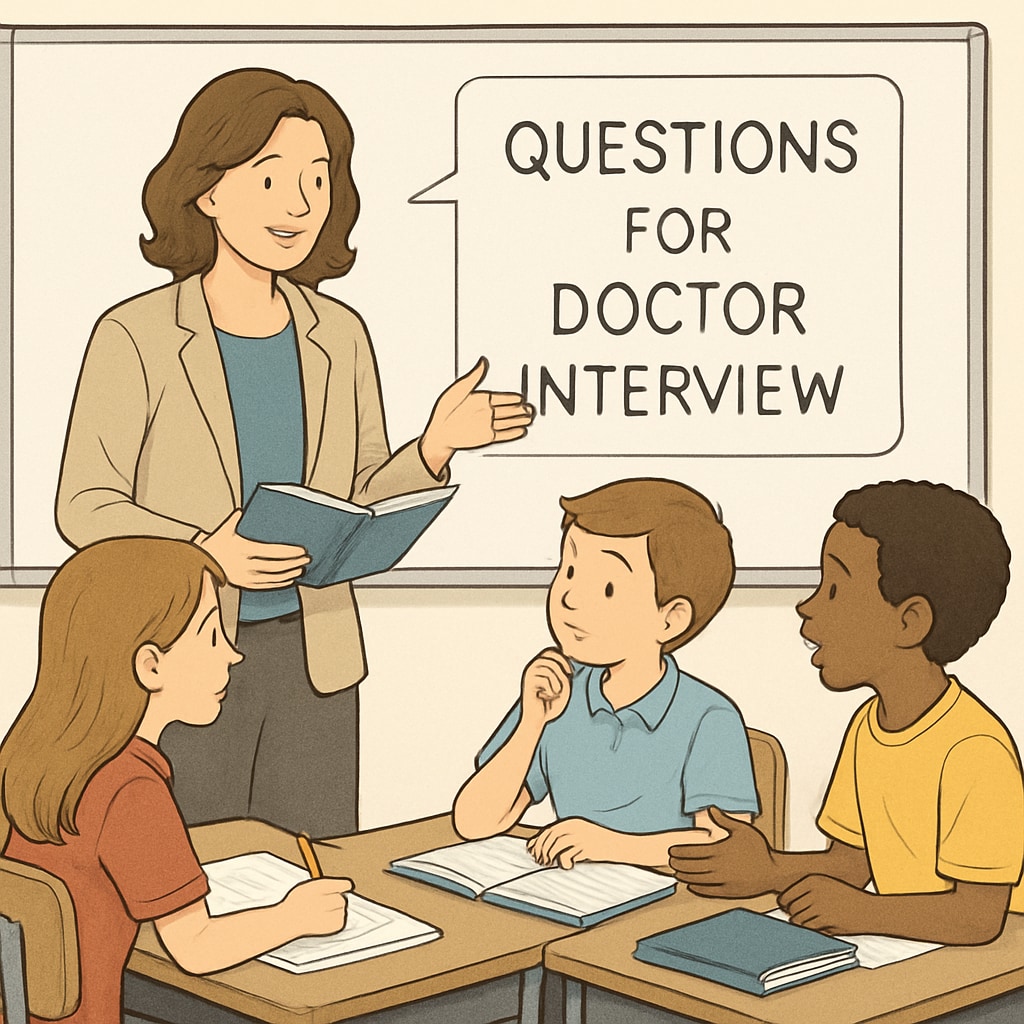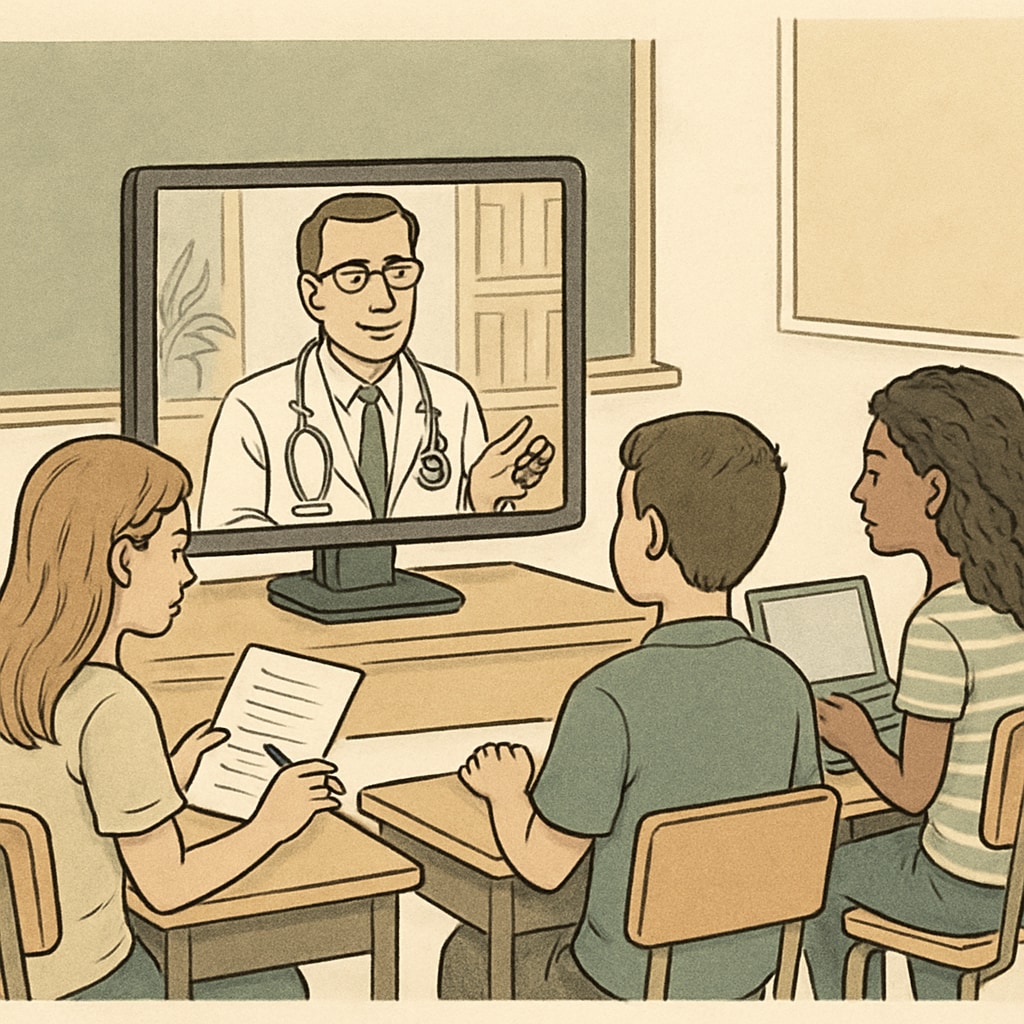Incorporating “medical career exploration” into school projects offers students a unique opportunity to gain insights into the medical profession, interact with healthcare professionals, and develop their career planning skills. These activities, such as doctor interviews, are particularly valuable in K12 education as they help students understand the challenges and rewards of a medical career while fostering curiosity and a sense of purpose. By designing structured projects, educators can create meaningful learning experiences that prepare students for future career paths.
Why Medical Career Exploration Matters in Education
Medical career exploration allows students to learn about the complexities of healthcare professions directly from experienced professionals. Engaging in doctor interviews provides firsthand perspectives on the skills, dedication, and education required to succeed in the field of medicine.
- It encourages students to consider medicine as a potential career.
- Students gain a deeper understanding of healthcare systems and patient care.
- It develops communication, inquiry, and critical thinking skills.
For example, according to Britannica’s overview of medicine, the field is both intellectually demanding and emotionally rewarding, making early exposure to its realities essential for aspiring professionals.

Designing Effective Doctor Interview Projects
Creating impactful school projects focused on doctor interviews requires careful planning and execution. Here are some key steps educators can take:
- Define Objectives: Establish clear goals, such as understanding daily responsibilities of doctors or exploring medical specialties.
- Prepare Students: Teach students how to craft thoughtful interview questions and conduct professional conversations.
- Identify Participants: Reach out to local doctors willing to share their experiences and insights.
- Facilitate Interaction: Organize virtual or in-person interviews, ensuring smooth logistics.
- Reflect and Evaluate: Encourage students to summarize their findings and discuss how the experience influenced their career aspirations.
By following these steps, educators can ensure the project aligns with broader educational goals and provides lasting value to students.

Tips for Successful Student-Doctor Interaction
Effective communication is key to ensuring students gain maximum value from their interactions with medical professionals. Teachers can guide students by offering the following tips:
- Be respectful and professional in tone and approach.
- Prepare open-ended questions to encourage detailed responses.
- Show genuine interest and curiosity about the doctor’s experiences.
- Take notes during the interview for future reflection.
These strategies not only make the interviews more productive but also help students build interpersonal skills that will benefit them in their academic and professional lives.
Long-Term Benefits of Medical Career Exploration
Projects like doctor interviews provide more than just insights into the medical profession; they empower students with essential skills and awareness for their future. As a result, students gain:
- Enhanced career planning capabilities.
- Broadened perspectives on healthcare and societal needs.
- Increased motivation to pursue challenging career paths.
According to Wikipedia’s entry on medical careers, early exposure to career options significantly impacts students’ decision-making processes, helping them make informed choices about their futures.
By integrating such projects into K12 education, schools play a critical role in shaping the next generation of healthcare professionals.
Readability guidance: Use short paragraphs and bullet points to summarize key ideas; ensure that transitions like “for example,” “in addition,” and “as a result” are distributed evenly for smooth reading.


